Making Fujian misua, China's longest noodle, is as intense as a workout
• It is made by stretching dough to over 30 metres, which is why some people consider it the longest noodle in China
• Often eaten on birthdays as a symbol of longevity, misua is typically cooked in soup and served with shallot oil, scallions and oysters
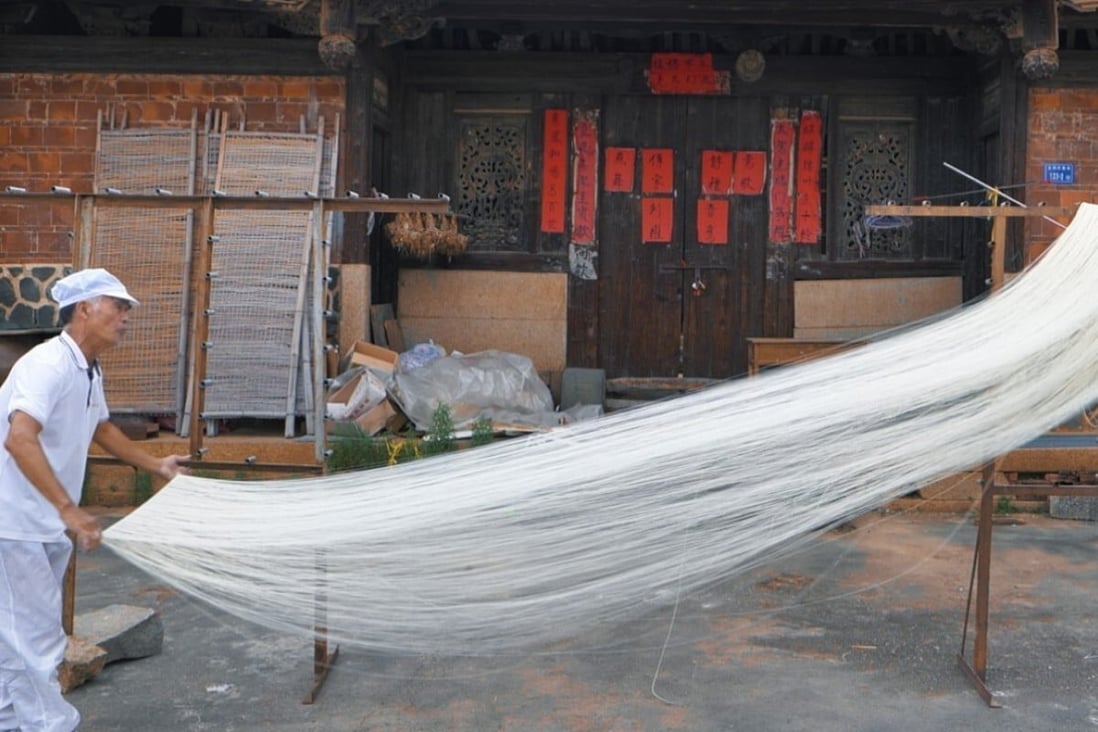
Huang Jia, 64, does not need to go to the gym to stay fit. His job is a workout in itself.
For the past 40 years, Huang has been making misua, a thin, wheat-based noodle from Fujian province in eastern China.
He is a one-man band, turning more than 45kg (100 pounds) of dough into noodles every day by hand. It’s an arduous process.
Misua is made by stretching dough to over 30 metres (100 feet). That is why some people consider it the longest noodle in China. It’s often eaten on birthdays as a symbol of longevity.
Huang’s family has been making the noodles for four generations. Every day, he wakes up early to pound, knead and stretch dough into long, delicate strands.
"When making this handmade noodle, we use salt, water and flour, nothing else,” he says.
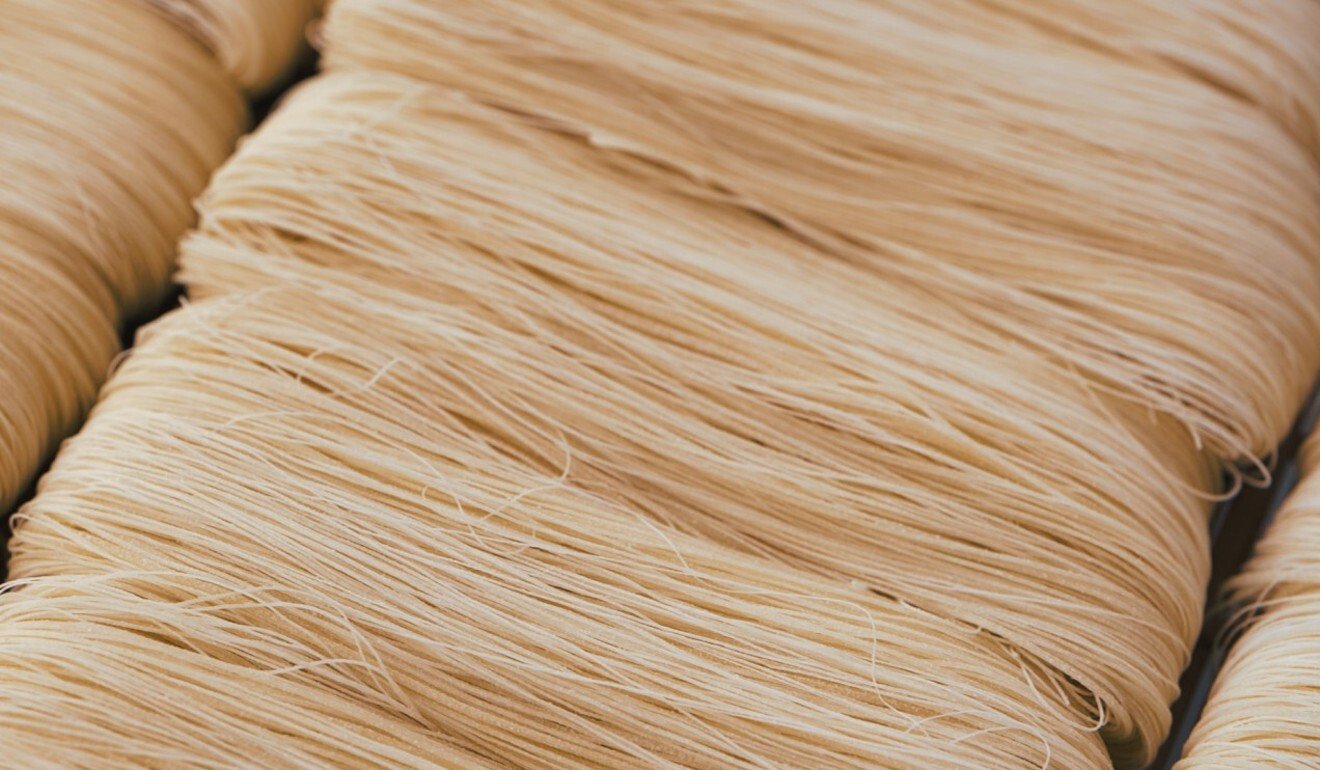
The secret is prioritising good ingredients. Huang gets his flour from a trusted local mill, which he says makes all the difference.
"If the flour is good, anyone can make good noodles,” he says. “But if the flour is bad, do not blame the teacher. Even the gods cannot do anything.”
The key to misua’s flexibility is time. After the dough is kneaded, it’s left to rest so that gluten can develop. Gluten is what makes the dough elastic.
Huang adjusts the room’s temperature and humidity with a thermostat to help the dough achieve the right consistency.
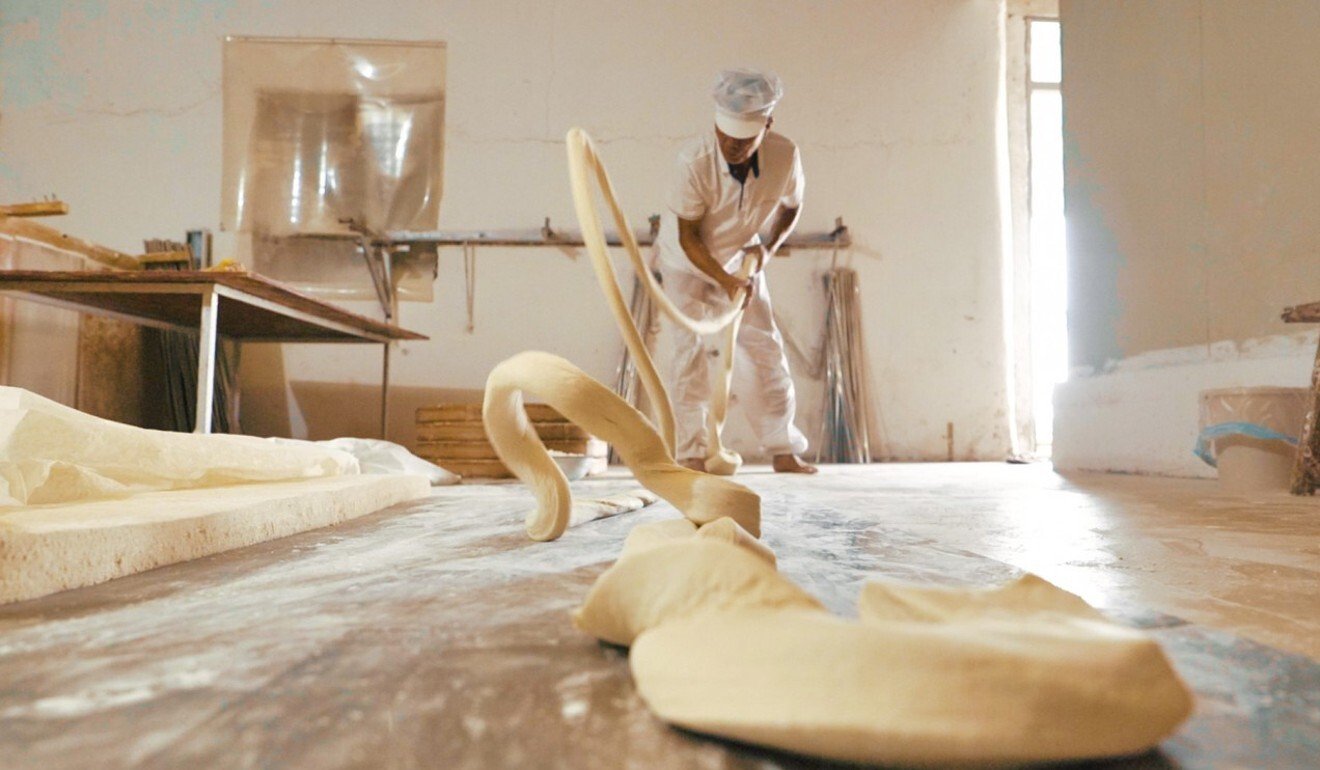
“If it does not rest long enough, it will break when you pull it,” he says.
Once the dough has rested, the hardest part begins. He rolls the dough into fat strands and starts hitting them against the floor like battle ropes to lengthen them.
Then, he coils up the dough on bamboo plates before wrapping it around metal poles, which he pulls apart to further lengthen the dough.
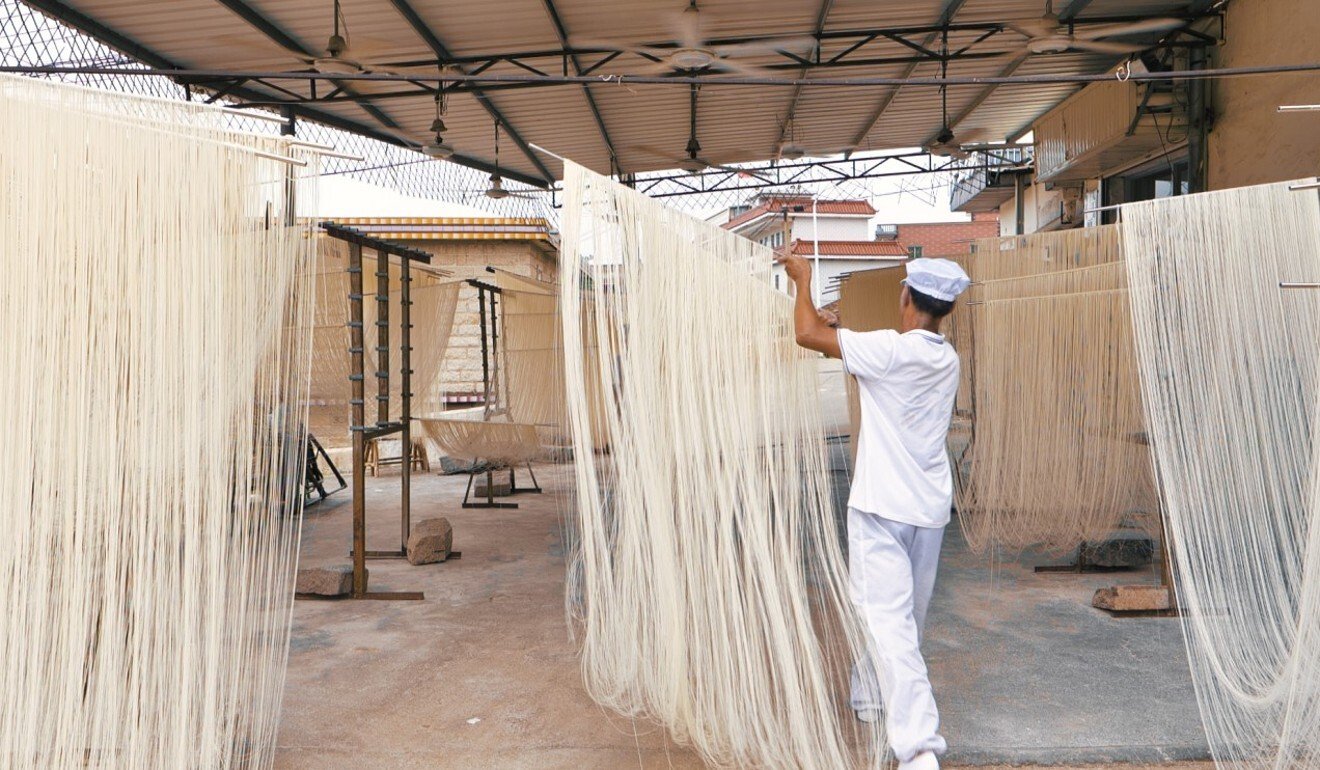
Now stretched to over 30 metres, the noodles are brought out for sun-drying, which Huang says produces the best flavour. "If you blow-dry them, they will not be as aromatic,” he says.
The noodles are typically cooked in soup and served with shallot oil, some scallions and a dollop of oysters, a local speciality.
Misua has a long history, with records of the dish dating back over 1,000 years. The noodles have become such an iconic part of Fujian province that the local government has taken steps to preserve the making process.
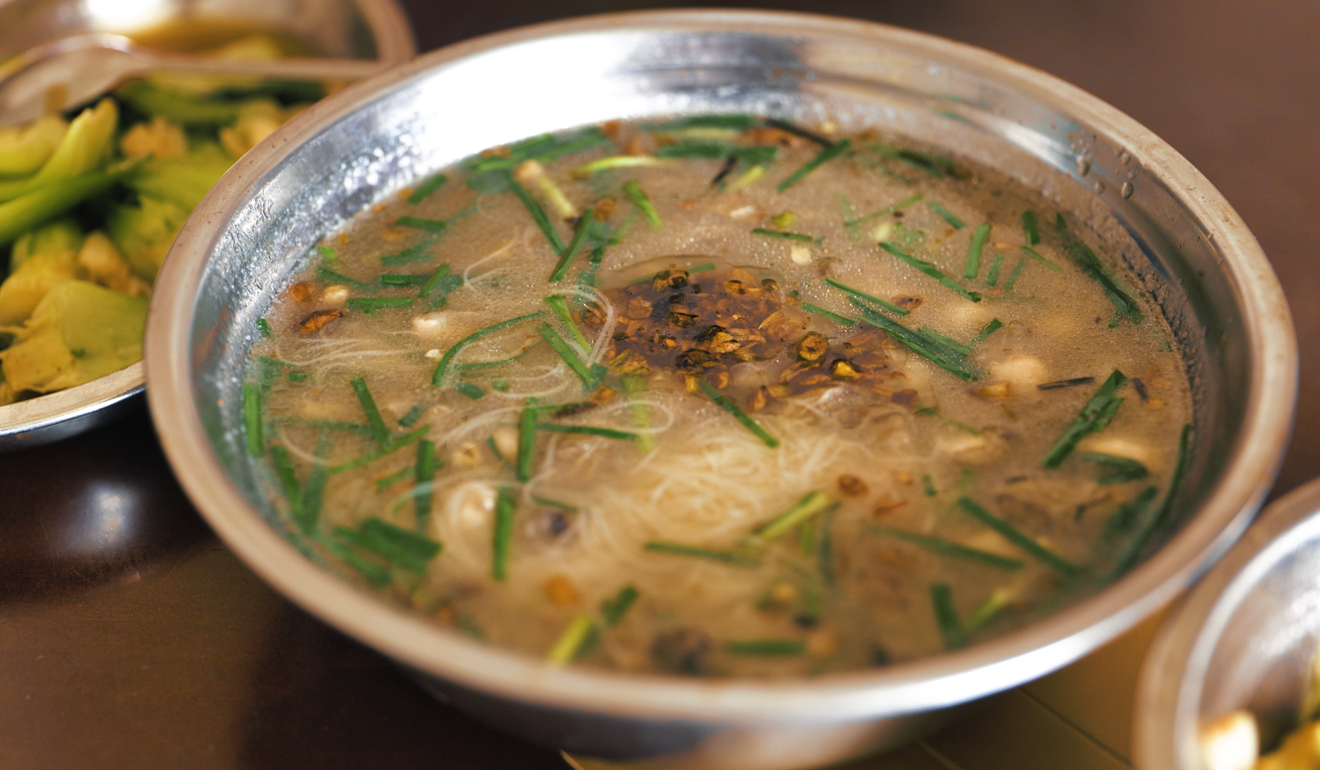
For his part, Huang says he is passing the torch on to his son.
"The government says they want to preserve this and continue it,” he says. “I’ve asked other people to come learn, but no one wants to, so I’ve taught my own son.
“Right now, his noodles are not all that different from mine.”


